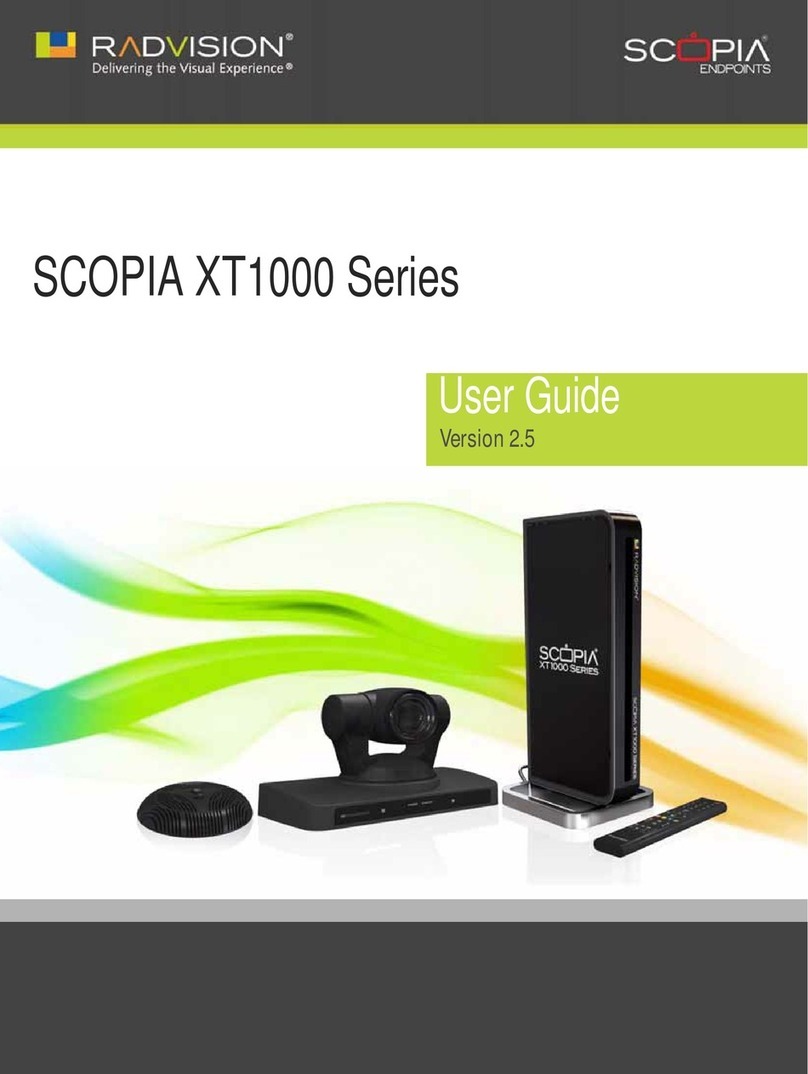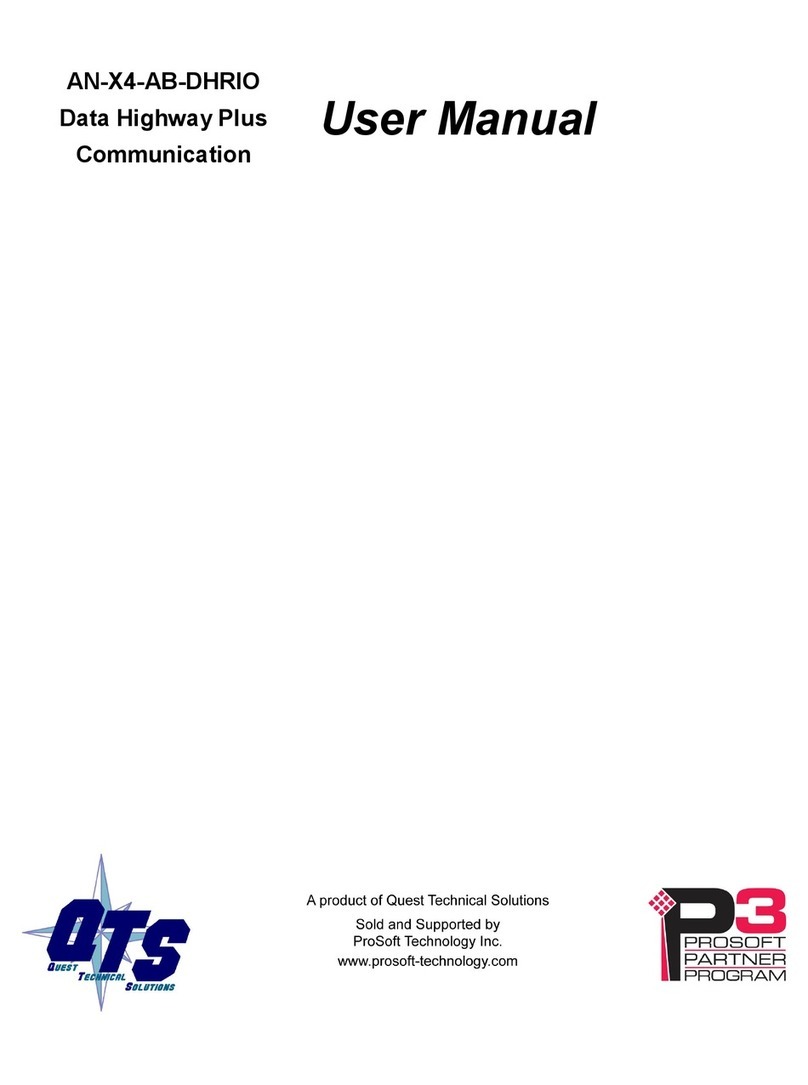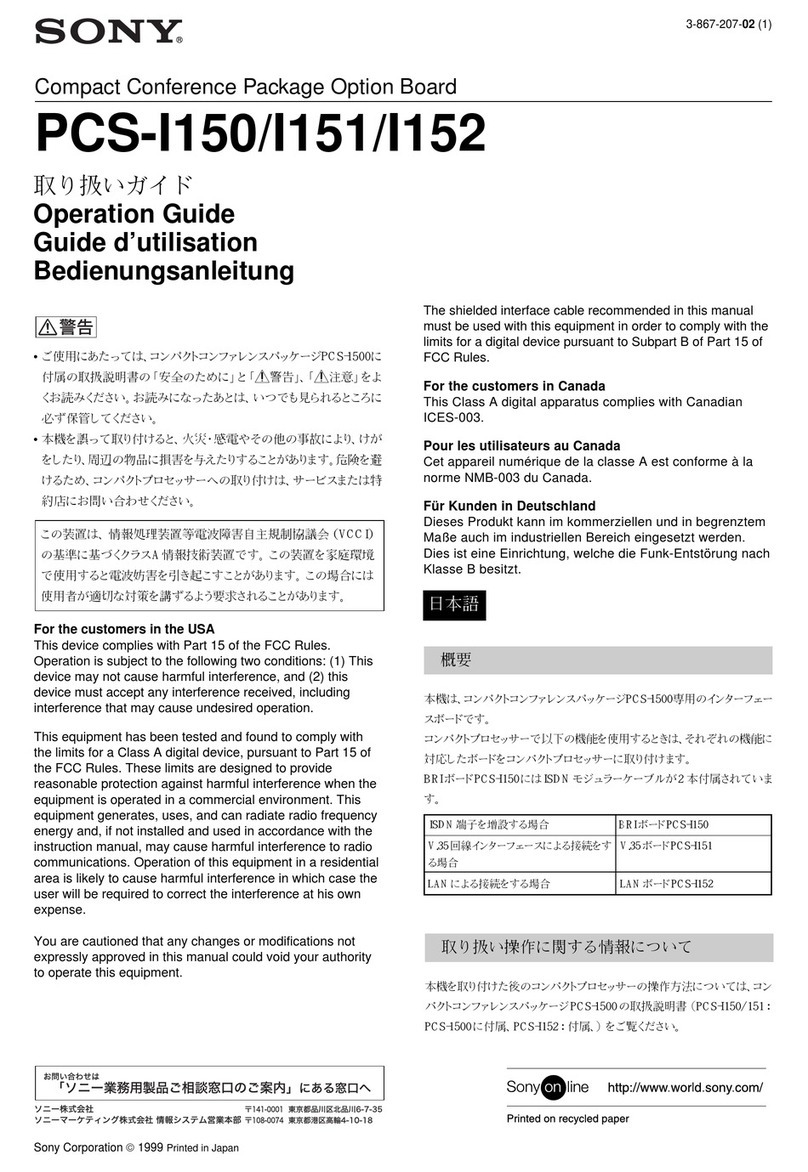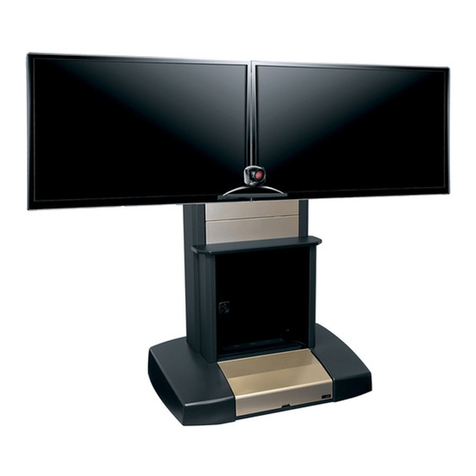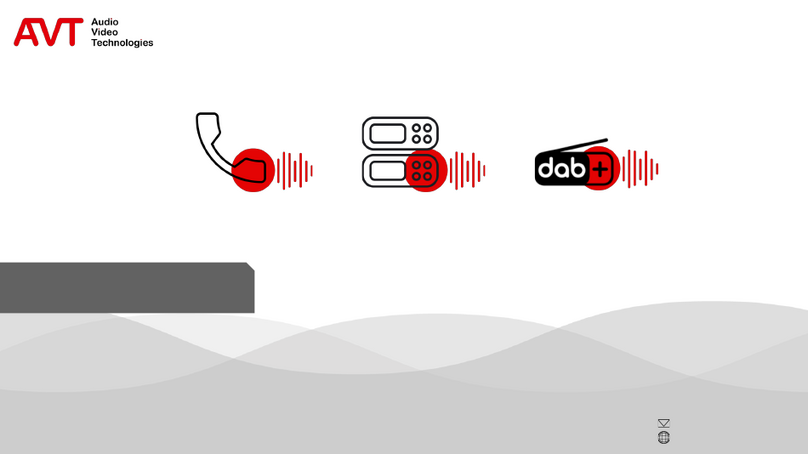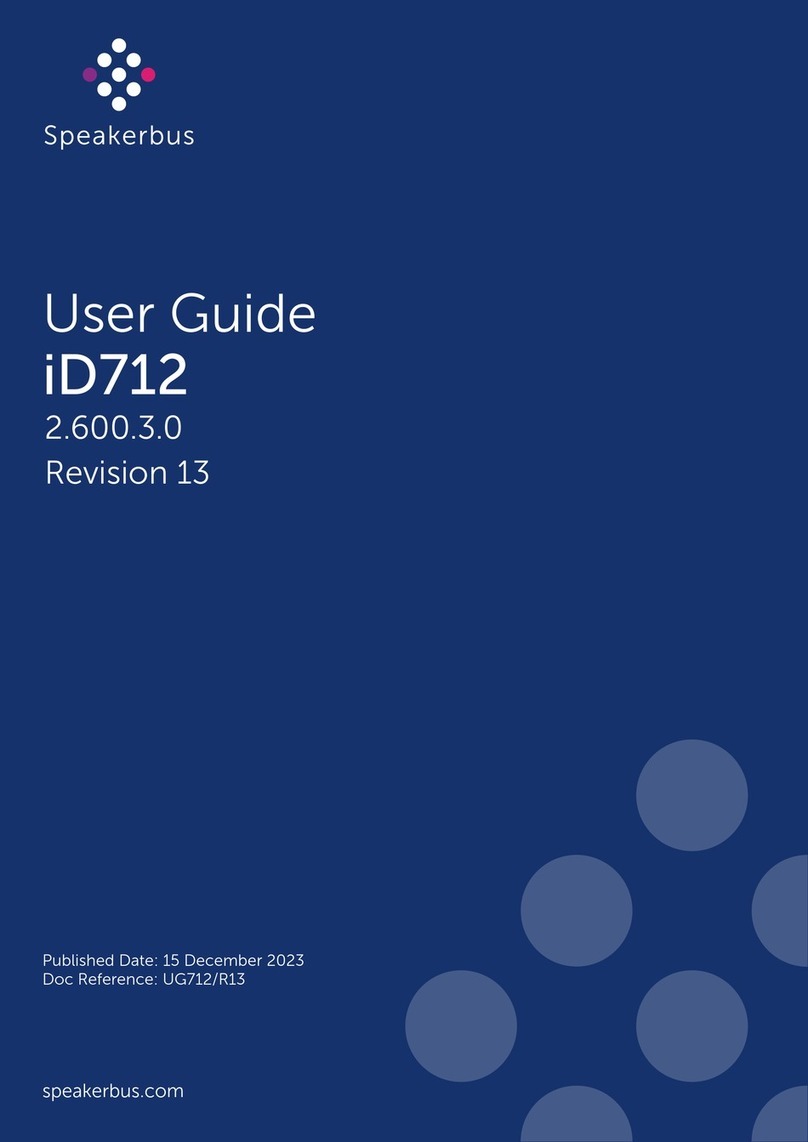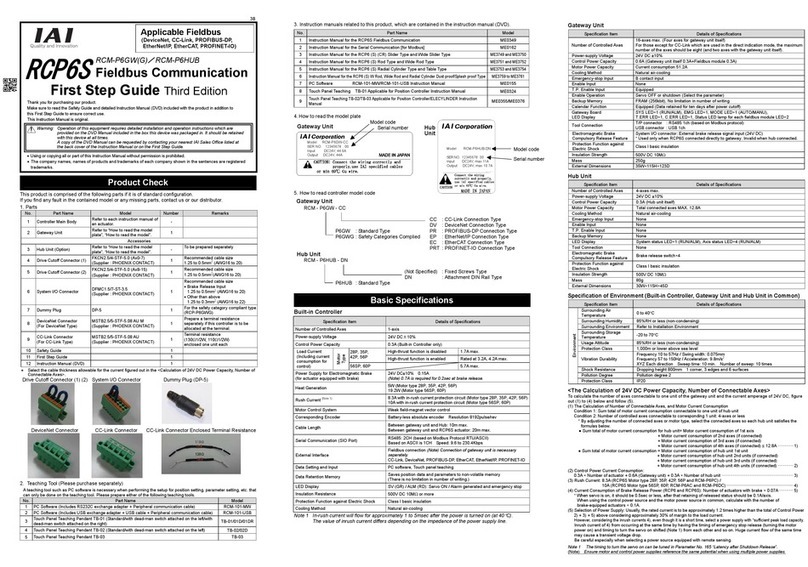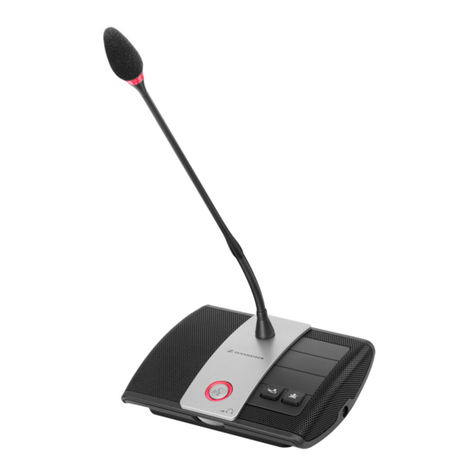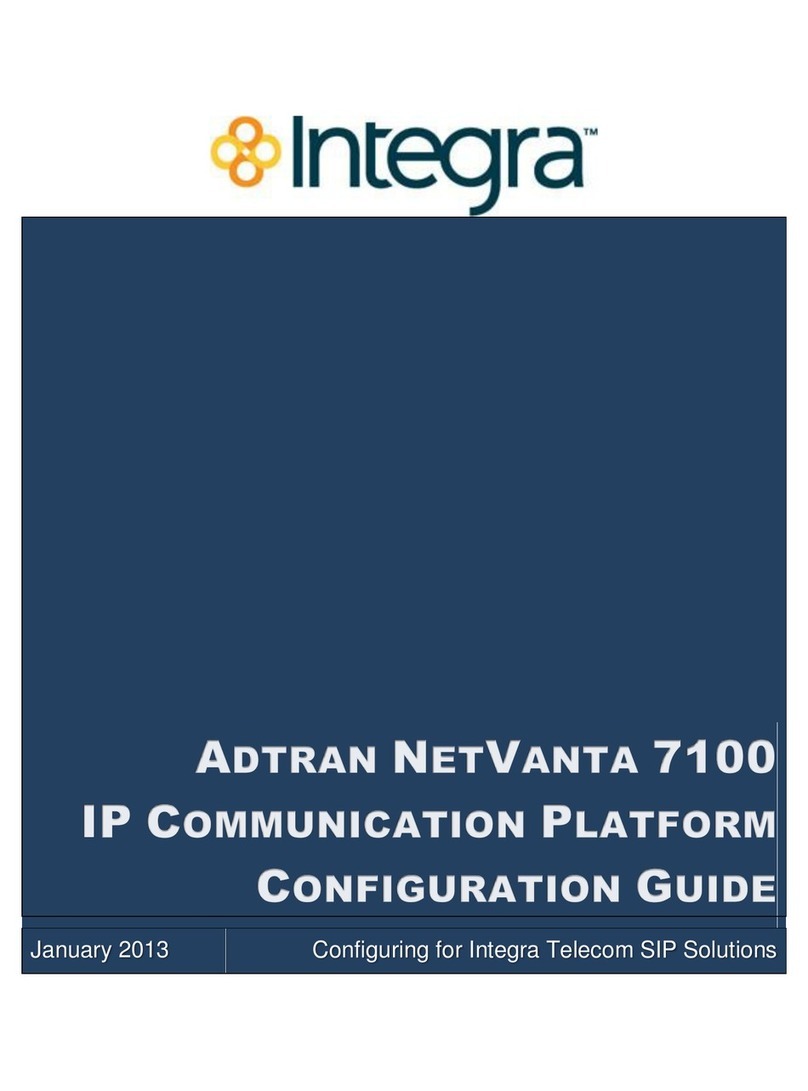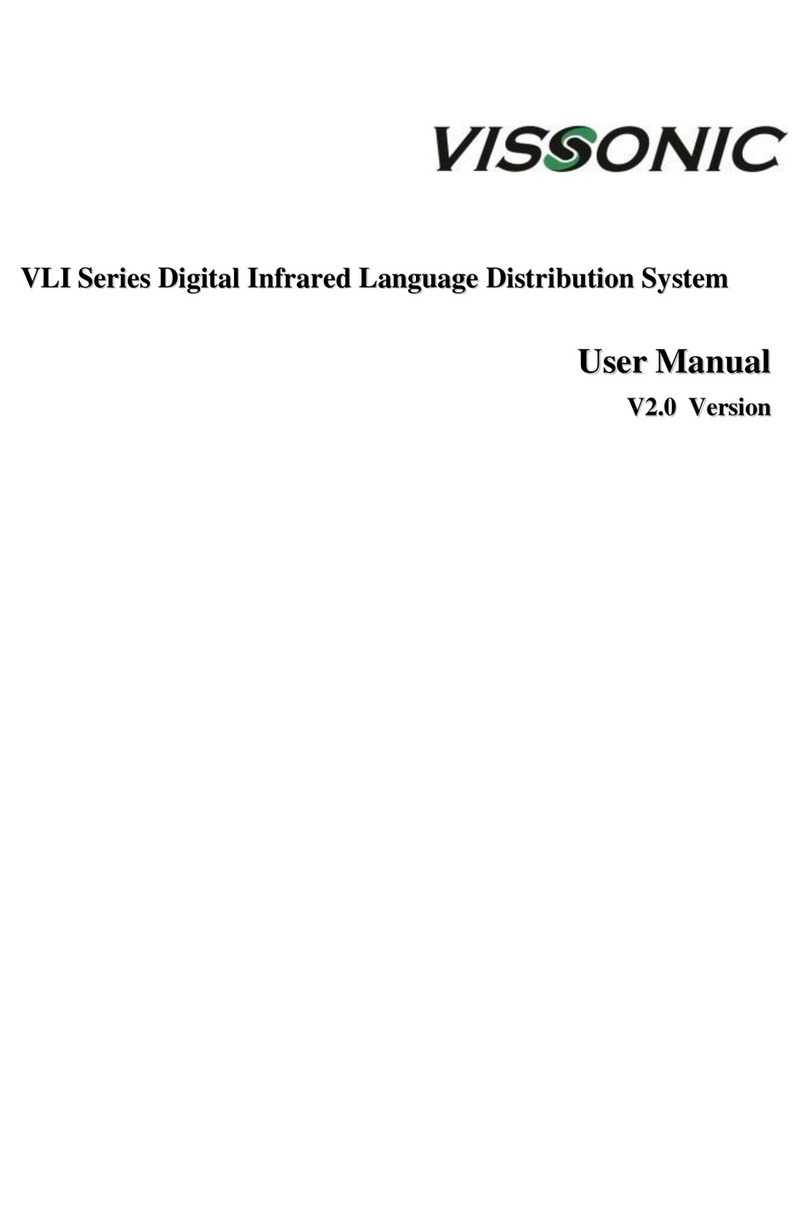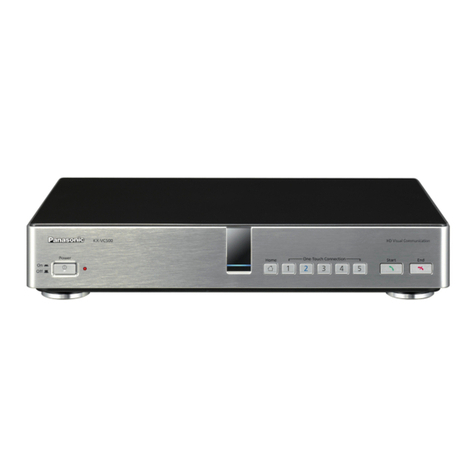
Fieldbus Communication
RCP6
Chapter 3 Operation................................................................................................ 75
3.1 Basic Operation............................................................................................................ 75
3.1.1 Basic Operation Methods ........................................................................................ 75
3.1.2 Relation between Axis Number and PLC Address Domain
(Left-Justification Feature) ...................................................................................... 78
3.2 Initial Setting................................................................................................................. 80
3.2.1 Operation Mode Setting (Setting in Gateway Parameter Setting Tool) ................... 80
3.2.2 Parameter Settings (Setting on RC PC Software)................................................... 87
3.3 Setting of Position Data................................................................................................ 88
3.4 Fieldbus Type Address Map......................................................................................... 95
3.4.1 PLC Address Construction by Each Operation Mode ............................................. 95
3.4.2 Gateway Control Signals (Common for All Operation Modes) ................................ 97
3.4.3 Control Signals for Simple Direct Mode................................................................. 100
3.4.4 Control Signals for Positioner 1 Mode ................................................................... 105
3.4.5 Control Signals for Direct Indication Mode ............................................................ 110
3.4.6 Control Signals for Positioner 2 Mode ................................................................... 117
3.4.7 Control Signals for Positioner 3 Mode ................................................................... 121
3.4.8 Control Signals for Positioner 5 Mode ................................................................... 124
3.5 Input and Output Signal Process for Fieldbus ........................................................... 128
3.6 Power Supply ............................................................................................................. 129
3.6.1 Battery-less absolute ............................................................................................. 129
3.6.2 Incremental ............................................................................................................ 130
3.7 Control and Functions of Input and Output Signals of Modes ................................... 131
3.7.1 Input and Output Signal Functions ........................................................................ 131
3.7.2 Operation for Positioner 1/Simple Direct Modes ................................................... 145
3.7.3 Operation for Direct Indication Mode..................................................................... 146
3.7.4 Operation for Positioner 2, Positioner 3 and Positioner 5 Modes ......................... 147
3.8 About Gateway Parameter Setting Tool ..................................................................... 148
3.8.1 Startup of Tool ........................................................................................................ 148
3.8.2 Explanation of Each Menu..................................................................................... 149
3.8.3 Description of Functions ........................................................................................ 151
3.8.4 Operation Mode Setting......................................................................................... 158
3.8.5 Fieldbus I/O Domain Left-Justification Setting ...................................................... 159
3.9 Fieldbus Status LEDs................................................................................................. 160
3.9.1 DeviceNet .............................................................................................................. 160
3.9.2 CC-Link.................................................................................................................. 161
3.9.3 PROFIBUS-DP ...................................................................................................... 162
3.9.4 EtherNet/IP ............................................................................................................ 163
3.9.5 EtherCAT ............................................................................................................... 164
3.9.6 PROFINET-IO........................................................................................................ 165
Chapter 4 Vibration Suppress Control Function ....................................................167
4.1 Setting Procedure ...................................................................................................... 169
4.2 Settings of Parameters for Vibration Suppress Control ............................................. 170
4.3 Setting of Position Data.............................................................................................. 171
Chapter 5 Collision Detection Feature...................................................................173
5.1 Collision Detection Judgement................................................................................... 173
5.2 Settings ...................................................................................................................... 174
5.3 Adjustment ................................................................................................................. 174
Chapter 6 Power-saving Function .........................................................................175
6.1 Automatic Servo-off and Full Servo Functions........................................................... 175
6.1.1 Setting of periods taken until automatic servo OFF .............................................. 176
6.1.2 Set of power-saving mode..................................................................................... 176
6.1.3 Status of positioning complete signal in selection of automatic servo OFF .......... 177


